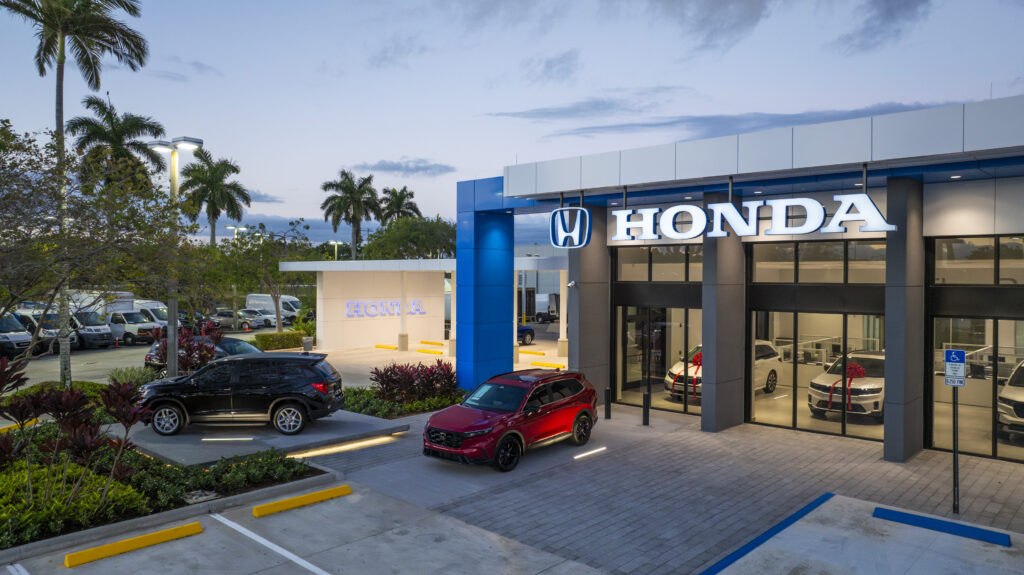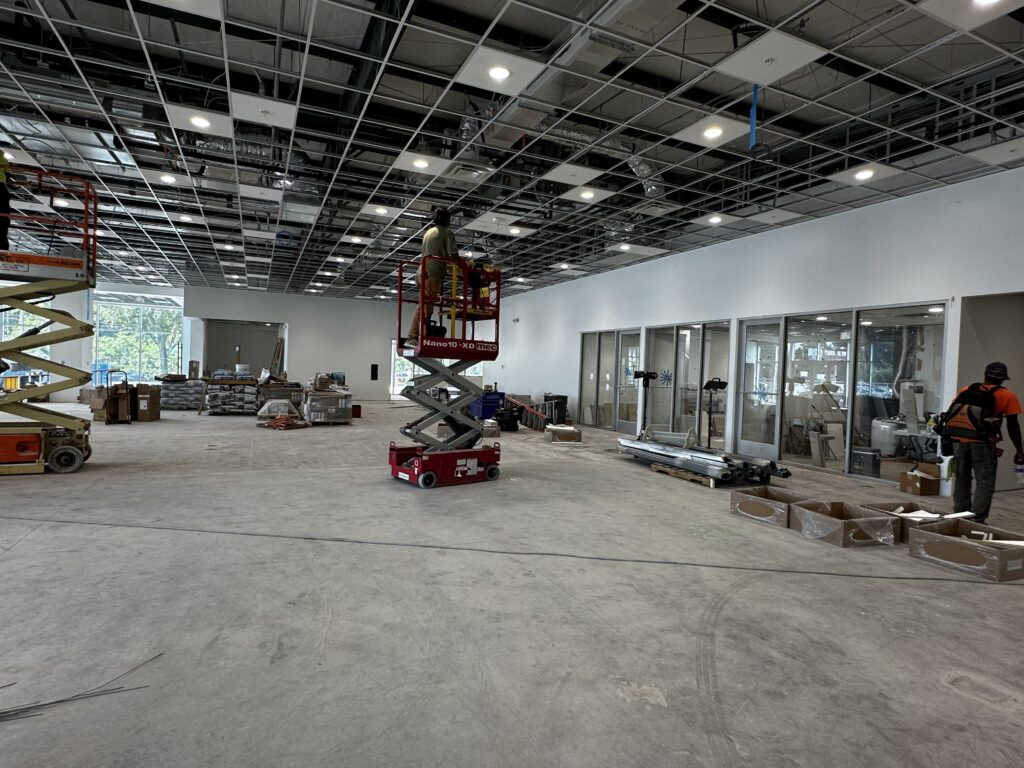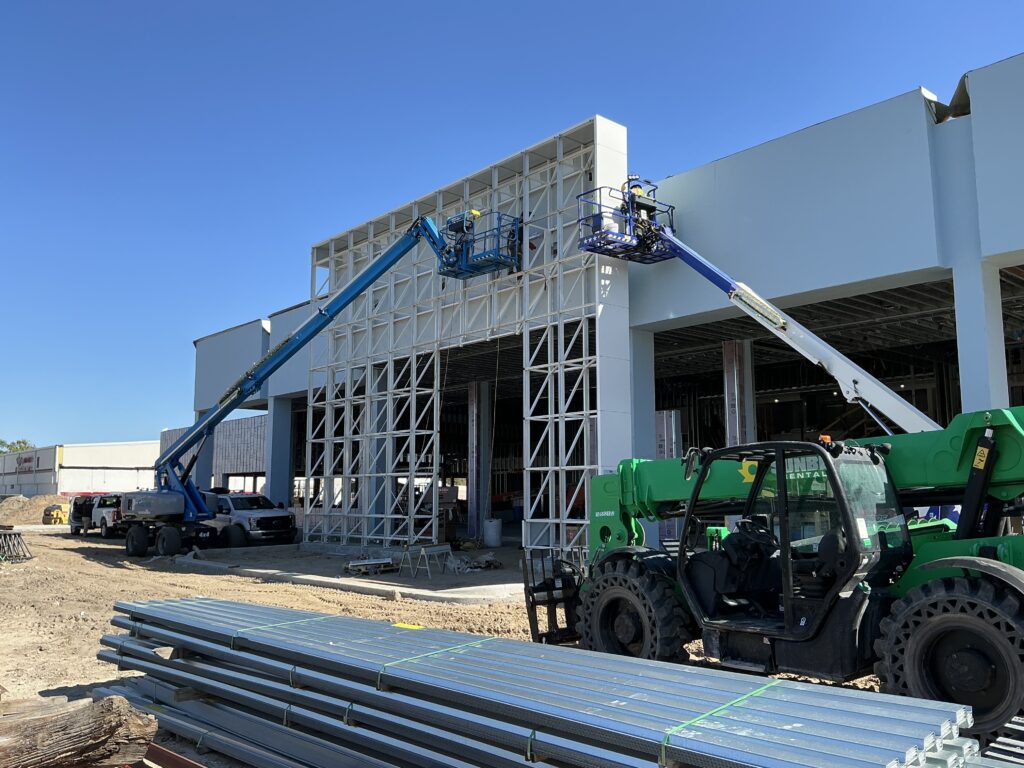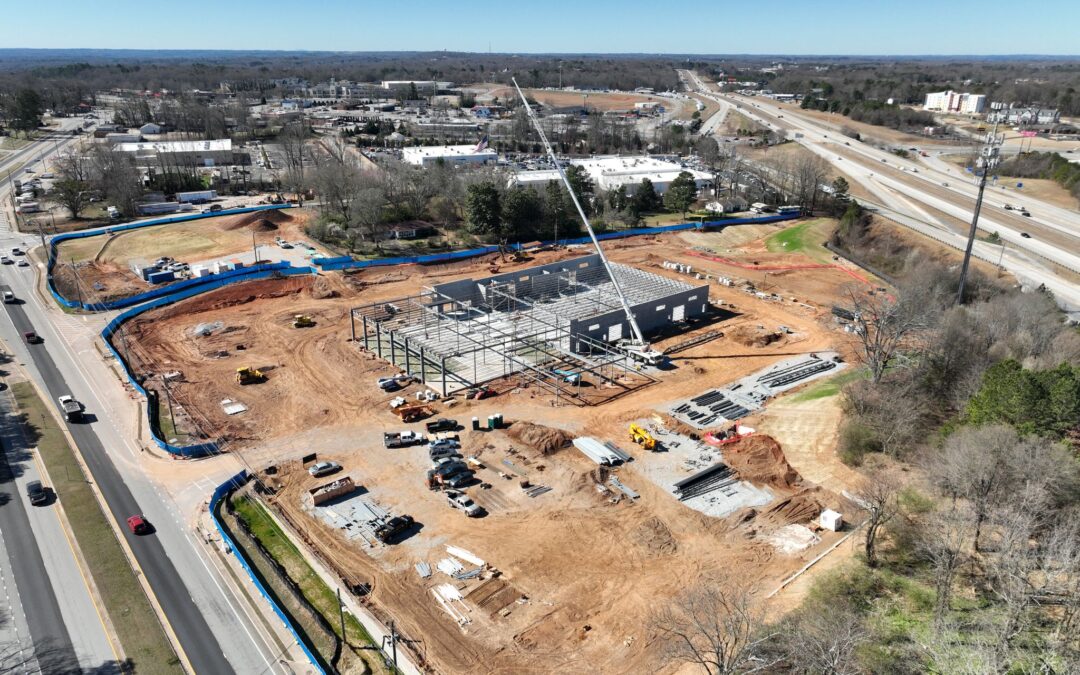The time has come. Maybe you’re embarking on a significant physical renovation to an existing dealership. Maybe you’ve decided it’s time for a brand new, ground up facility. You know three things for sure. Someone’s going to need to design it, someone’s going to need to build it, and there’s only so much in the budget to get it done. Managing the Design and Construction of your facility – what’s a dealer to do? There are different ways to get across the finish line. Let’s look at the three most common ways; Design-Build, Hard Bid and Open Book. Each one can significantly impact the project’s cost, timeline, and quality.
Below, in no particular order, are a breakdown of all three options. Each has Pros and Cons, so a discussion with your facility consultant will serve you well as you consider which path to go down. It should be noted that the comparison outlined below is specific to dealership projects.

1.Design-Build for an Automotive Dealership
Design-Build is best suited for Owners who want or have:
- A streamlined process and faster completion
- Projects with a set budget and a need for early cost certainty
- Complex projects requiring flexibility and innovation
- Franchise dealerships that require specific branding and customization
Pros:
- Faster Completion – Overlapping design and construction phases reduce overall time. This is crucial for dealerships where opening sooner means generating revenue faster.
- Single Point of Responsibility – The dealership owner works with one firm for design and construction, minimizing conflicts.
- Better Coordination for Branding & Equipment Needs – Many automotive brands have strict design guidelines, and a design-build team can integrate these efficiently.
Cons:
- Less Competitive Pricing – Since the project isn’t competitively bid to multiple contractors, there’s less cost comparison.
- Potentially Less Owner Control Over Design – The design-builder may prioritize cost savings over aesthetic or functional preferences.
- Reliance on One Firm – If the design-builder lacks dealership experience, quality could suffer.

2. Hard Bid (Design-Bid-Build) for an Automotive Dealership
Hard Bid is best suited for Owners who want or have:
- Maximum control over design and quality
- Projects where cost competition among contractors is a priority
- Publicly funded dealership projects requiring a transparent bidding process
Pros:
- More Control Over Design – The dealership owner and architect ensure the design meets brand and operational needs before construction.
- Competitive Pricing – Multiple contractors bid, potentially lowering costs.
- Clear Scope Before Construction – The full design is completed first, reducing ambiguity.
Cons:
- Longer Project Timeline – The sequential nature (design → bid → build) extends the overall schedule, delaying dealership opening.
- Higher Risk of Change Orders – If the design has errors or unforeseen issues arise, change orders can increase costs.
- Potential Conflicts Between Architect & Contractor – Since the architect and contractor work separately, disputes over design intent versus cost-cutting can occur.

3. Open Book for an Automotive Dealership
Open Book is best suited for Owners who want:
- Maximum visibility and transparency
- Projects where ownership shares in savings but there also shares in cost overruns
Pros:
- More Control Over Budget – The dealership owner and general contractor review actual bids and agree on a fair mark up.
- Competitive Pricing – Multiple contractors bid, potentially lowering costs.
- Clear Scope Before Construction – The full design is completed first, reducing ambiguity and ownership sees every bid.
- Full Transparency – Everything is available to ownership and all costs are visible, they are real-time with an agreed upon mark up.
Cons:
- Budget impacts – Without a Guaranteed Maximum Budget, cost is not capped.
- Risk of Change Orders – If the design has errors or unforeseen issues or conditions arise, change orders will be issued with associated costs attached
- Potential Conflicts Between Architect & Contractor – Since the architect and contractor work separately, disputes over design intent versus cost-cutting can occur.
Which Approach is Best for your Dealership?
- Choose Design-Build if:
You need a faster build and want to open the dealership sooner.
You prefer a single point of contact and smoother coordination.
You want cost certainty early in the process. - Choose Hard Bid if:
You want to maximize competitive pricing by bidding the project.
You have a highly specific design vision and want to ensure it is executed precisely.
You are comfortable with a longer timeline to get exactly what you want. - Choose Open Book if:
You want to full transparency and to see every bid that comes in.
You are good with sharing in cost savings, as well as cost overruns You set a Guaranteed Maximum Budget that all parties agree upon.
Wrapping it up:
Managing the Design and Construction of your facility – what’s a dealer to do? A facility renovation or construction project is a journey of a thousand decisions. The first of which are, who will design it, and who will build it? For some automotive dealerships, design-build is the preferred choice because speed-to-market, brand compliance, and cost efficiency are key. However, for highly customized dealership projects or publicly funded projects, hard bid may be a better option. In our experience, the majority of our clients have felt most comfortable with hiring an independent Architect. Then with signing an Open Book contract with a General Contractor, after agreeing on a Guaranteed Maximum Budget. The key is having an honest discussion with your owner’s rep and weighing out all the options.

